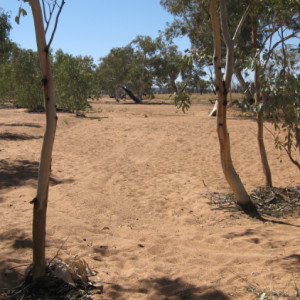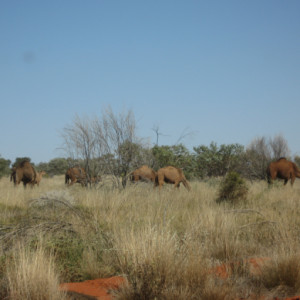Lasseter's cave
I have just been listening to a fascinating ‘Conversations’ podcast about Harold Lasseter, folk hero or deluded charlatan, depending on your perspective.
Lasseter claimed to have found a fabulously rich gold reef in Central Australia, west of Alice Springs, in the 1890s. Years later, in 1930, he persuaded the Australian Government to back an expedition to locate the reef. It was the height of the Great Depression, and a Government desperate to stave off economic collapse and starvation was perhaps only too willing to believe Lasseter’s story.
It was the best resourced mining expedition ever. Unfortunately the resources turned out not to be the right ones. The huge Thornycroft truck was unsuited to the terrain (camels would have been better) and it got bogged before it even left Alice Springs. The aeroplane crashed, and the radio had no broadcasting microphone. Worse still, Lasseter seemed not to know where he was going, or indeed ever to have been in Central Australia before.
The rest of the party abandoned the expedition, but Lasseter pressed on. He was joined by a young dingo scalper, Albert Johns, with a string of camels. Like most of the players in this story, Johns seems to have attached himself to Lasseter in the hope of making money out of him. The pair fell out however and Johns left, taking most of the camels with him. The remaining camels ran away.
Lasseter was helped by some Aboriginal people, and rested in this cave for some time in January 1931. Then he set off to walk to Kata Tjuta, but died on the way from exhaustion and starvation.
A party was sent out to recover his body. They reported finding a body and returned with a set of dentures and a diary, which were taken to be adequate proof. Finding the body was important. Lasseter had refused to tell anyone the location of the reef, but he had left a letter, to be opened only after his death, purporting to contain the coordinates of the location, written in invisible ink. With death proven, the letter was opened and the coordinates deciphered. They proved to be a meaningless jumble of figures. The diary described Lasseter’s last days alone in the desert but there is reason to believe it was a forgery.
It seems so obvious that Lasseter was deluded, or a charlatan, or both. The story is so incredible and so bizarre. Yet many people believed in him, and some still do. In 1930 he was a media sensation. Every year people still set out to trace his steps and look for the reef. His own son spent much of his life searching.
We found Lasseter’s cave in 2010 when we were travelling the Great Central Road. This is where he sheltered and where supposedly he wrote the diary. The extras show the surrounding landscape, the dry creek bed and Kata Tjuta where the Great Central Road starts and where Lasseter was heading when he died. Could the camels be descended from Lasseter’s?




Comments
Sign in or get an account to comment.


